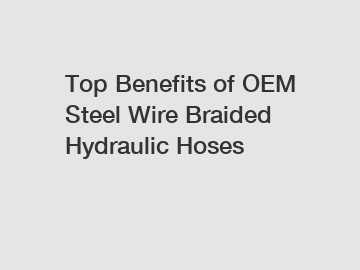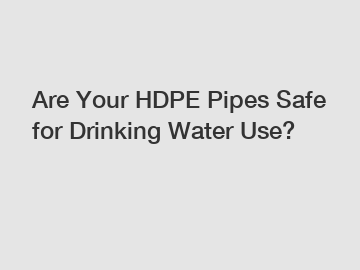Maximizing Efficiency with Pipe Floaters: Essential Guide
Understanding Pipe Floaters
Pipe floaters are essential tools in various industries. They help keep pipes afloat in water. This ensures safety and efficiency during operations. Whether you're in construction or oil and gas, understanding pipe floaters can increase productivity. Let's dive into how to maximize efficiency with them.
How Do Pipe Floaters Work?
Pipe floaters operate on a simple principle. They provide buoyancy. This keeps pipes above water, preventing them from sinking. Imagine you're on a boat. If the boat is buoyant, it stays afloat. Pipe floaters do the same for pipelines.
Types of Pipe Floaters
- Standard Floaters: These are basic floaters. They support the weight of the pipe and keep it stable.
- Weighted Floaters: These have added weight. They provide extra stability in rough waters.
- Custom Floaters: These are tailored for specific needs. They can be adjusted based on pipe size, weight, and environment.
Benefits of Using Pipe Floaters
Using pipe floaters offers several advantages:
- Enhanced safety: They reduce the risk of accidents.
- Cost-effective: They save time and money.
- Increased efficiency: They streamline operations.
Choosing the Right Pipe Floater
Selecting the right pipe floater is crucial. Consider the following:
See also:Ultimate Guide to Pipe Floaters: FAQs & Expert Solutions
- Material: Floaters come in various materials. Make sure they can withstand environmental conditions.
- Size: The floaters should match the pipe's dimensions. This ensures proper support.
- Weight Capacity: Floaters must support the pipe's weight. Always check specifications.
How to Choose ODM All Sizes Hydraulic Hose?
How ODM Abrasion Resistant Hydraulic Hose Products Perform?
Exploring the Diversity of Rubber Stoppers in Pharmaceuticals
FKM vs Nitrile: Which material is right for your applications?
Demystifying Rubber Grommets: Understanding Their Origins, Significance, and Impact
How Does Reinforcing in Electrical Cables Work?
Installation Tips
Proper installation of pipe floaters is vital. Here’s how:
- Preparation: Clear the site. Make sure there’s no debris.
- Placement: Position floaters according to the plan. Ensure they’re evenly spaced.
- Securing: Use straps or clamps. This ensures floaters stay in place.
Regular Maintenance
Just like any equipment, pipe floaters need care. Regular checks are important.
"What should I look for during maintenance?" you ask. Good question! Here are some tips:
- Inspect for damages.
- Check buoyancy levels.
- Clean any debris off floaters.
Maximizing Efficiency with Pipe Floaters
To get the most from your pipe floaters, keep these points in mind:
- Train your team: Ensure everyone knows how to use floaters.
- Plan ahead: Have a clear strategy before installation.
- Communicate: Keep everyone informed throughout the process.
In conclusion, understanding pipe floaters is key to improving efficiency in any operation. By choosing the right type, ensuring proper installation, and conducting regular maintenance, you can significantly enhance safety and cost-effectiveness. If you're looking for a reliable supplier or have any questions, please contact us. We're here to help!
Contact us to discuss your requirements of Hose Floats Suppliers, HDPE Gas Pipe Specifications. Our experienced sales team can help you identify the options that best suit your needs.
See also:Top 5 Benefits of Silane Coupling Agents in Industrial Applications
What challenges do users face with dredge hose systems?
What You Need to Know About Dredging Hoses
Understanding Bellows and Metal Hoses for Performance
How to Choose Food Grade UHMWPE Hose?
Are Stainless Steel Corrugated Joints Worth the Investment?
Rubber Screen Panels: The Ultimate Guide for Homeowners
Related Articles








Comments